Teeth Whitening
Philips Zoom and take-home Kits
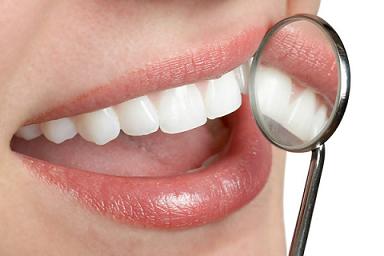
Fast results and cost-effective. Its time to brighten your smile. Freshen up with our half price in-chair now! 🎉 $650 Only.
Visit The Zoom Whitening Page For More InfoGeneral Dentistry
Adults, Children and Seniors

Dental Check-ups and Clean with fluoride, X-rays Panoramic and Bitwings. We can help you keep your natural teeth for as long as possible.
Visit General Dentistry Page For More InfoSedation Dentistry
Sleep Dentistry
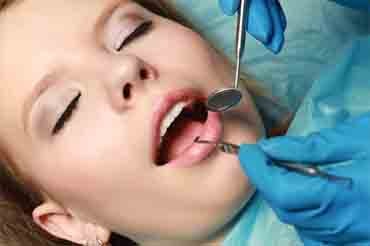
Pain-free dentisty is indicated for anyone who wants to be at ease and relaxed during any dental treatment.
Visit Sedation Dentistry Page For More InfoCosmetic Dentistry
Smile makeovers and Orthodontics

Have the smile of your dreams and improve confidence, self-esteem & social success.
Visit Cosmetic Dentistry Page For More InfoDental Implants
Single, full and All-ON-4 Implants
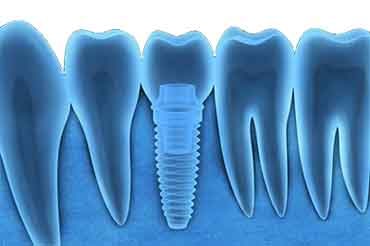
Recommended to missing teeth or dentures. Single, multiple or all. You can eat and drink that it feels like your natural teeth.
Visit The Dental Implants Page For More InfoLaser Dentistry
SIROLASE
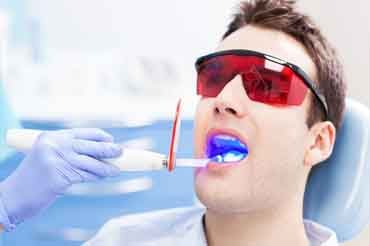
We use light instead of drills to treat several dental conditions. Effective to correct "gummy" smiles and periodontal diseases speeding up healing with reduced trauma.
Visit The Laser Dentistry Page For More InfoRestorations
fillings and same-day crowns
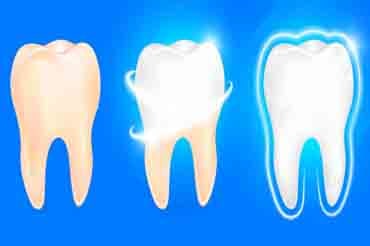
Fix chipped or knocked out tooth, improper bite correction and replace tooth decay metal fillings with resin or porcelain.
Visit The Restorations Page For More InfoWe Offer Same-Day Dental Crown!
What are dental crowns?
Dental Crowns restore knock out front teeth, broken or fracture teeth, fractured fillings, covers dental implants, protect children teeth at risk of tooth decay and provides cosmetic enhancement.
How dental crowns work?
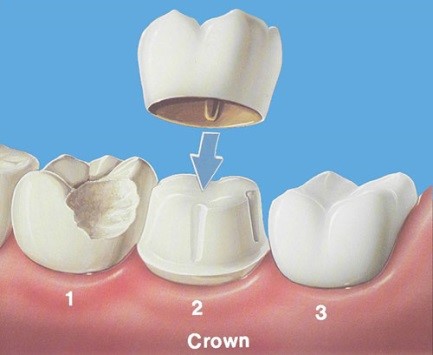 The anatomy of a tooth can be divided into two basic parts -- the root and the crown.
In a person with healthy gums and bone, the root of the tooth is covered by the gums and bone.
The crown is the part of the tooth visible in the mouth, above the gum line on lower teeth and below the gum line on upper teeth.
The anatomy of a tooth can be divided into two basic parts -- the root and the crown.
In a person with healthy gums and bone, the root of the tooth is covered by the gums and bone.
The crown is the part of the tooth visible in the mouth, above the gum line on lower teeth and below the gum line on upper teeth.
A cemented restoration that partially or completely covers the outside of the tooth is referred to as a dental crown or cap. A dental crown is a tooth-shaped "cap" that is placed over a tooth
covering the tooth to restore its shape and size, strength, and/or to improve its appearance. The crown, when cemented into place, fully encases the entire visible portion of a tooth that lies at and above the gum line.
What is a Dental Crown?
The dental crown procedure first involves numbing the tooth with local anaesthesia. If the tooth has been fractured or had a root canal treatment, it will first need to have a build-up -- a filling that restores enough of the tooth for the crown to hold onto.
Do I need a dental crown?
There are a variety of situations that require a tooth to be restored with a dental crown. The following are the most common:
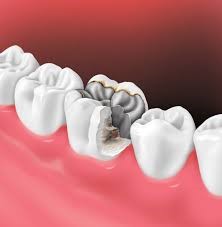 Large filling: When a tooth has a cavity or fracture that involves half the width of the tooth or more, it needs to be covered with a dental crown. This is because the remaining tooth around the large filling is so weak that it is prone to fracture. Sometimes a large filling that has been in the mouth for a while will need to be replaced with a crown because the tooth shows signs of stress and cracks around the filling.
Large filling: When a tooth has a cavity or fracture that involves half the width of the tooth or more, it needs to be covered with a dental crown. This is because the remaining tooth around the large filling is so weak that it is prone to fracture. Sometimes a large filling that has been in the mouth for a while will need to be replaced with a crown because the tooth shows signs of stress and cracks around the filling.
Root canal: Root canal treatment leaves the tooth hollowed out and predisposes the remaining tooth to crack. So, a tooth that has had a root canal almost always needs to be restored with a dental crown immediately to prevent it from fracturing.
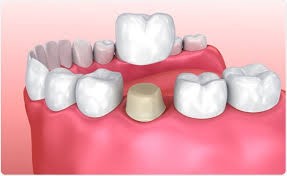 Cracked tooth syndrome: This is a condition whereby a patient has fractures inside a tooth that cause pain when it is chewed on a certain way. Chewing produces stress on fracture lines that make it feel like it is splitting apart. A dental crown will hold the tooth together and redistribute the stress evenly throughout the tooth, eliminating the pain in most instances. In these situations, it is best to leave a temporary crown on for a while to make sure the pain goes away and the tooth doesn't require a root canal.
Cracked tooth syndrome: This is a condition whereby a patient has fractures inside a tooth that cause pain when it is chewed on a certain way. Chewing produces stress on fracture lines that make it feel like it is splitting apart. A dental crown will hold the tooth together and redistribute the stress evenly throughout the tooth, eliminating the pain in most instances. In these situations, it is best to leave a temporary crown on for a while to make sure the pain goes away and the tooth doesn't require a root canal.
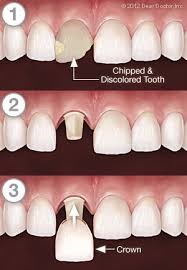 Broken cusps: Cusps frequently break off of teeth due to trauma or large existing fillings. Since the cusps are the part of the tooth that take the most stress during chewing, they need to be completely covered or the tooth or filling will keep fracturing. Sometimes the tooth breaks all the way to the bone, and a crown-lengthening procedure is necessary. This means the bone and gums need to be trimmed down below the edge of the fractured part of the tooth so the margin of the dental crown can be placed on healthy, strong tooth structure.
Broken cusps: Cusps frequently break off of teeth due to trauma or large existing fillings. Since the cusps are the part of the tooth that take the most stress during chewing, they need to be completely covered or the tooth or filling will keep fracturing. Sometimes the tooth breaks all the way to the bone, and a crown-lengthening procedure is necessary. This means the bone and gums need to be trimmed down below the edge of the fractured part of the tooth so the margin of the dental crown can be placed on healthy, strong tooth structure.
Excessive wear of teeth: If a person has a habit of grinding their teeth, the teeth will become shorter over time. The teeth can also wear away due to acid erosion caused by gastrointestinal acid reflux (GERD), bulimia, or an acidic diet. Sometimes, the enamel will wear away completely, leaving small, soft teeth. Over time, the bite can collapse and the only way of restoring the teeth to normal size is by covering the teeth with dental crowns.
The undesirable appearance of teeth: Teeth that have an unacceptable appearance due to colour, shape, or spaces between teeth can be made to look very natural and beautiful with dental crowns. Dental veneers are a very effective and conservative way of enhancing the look of the front teeth. They can be made to look very natural, and sometimes they don't even require preparing or shaving the existing teeth.
Other: Crowns are placed on dental implants to restore spaces left from missing teeth. Another way of filling these spaces is with dental bridges, which are made from crowns on the teeth next to the spaces attached to fake teeth in the middle. If teeth are loose, dental crowns can be placed on multiple teeth and splinted together to provide more stability.
What are the types of dental crowns?
Dental crowns can be made out of a gold alloy, some other metal alloy, stainless steel, all-porcelain/all-ceramic, composite resin, zirconia, or porcelain on the outside fused to metal or zirconia on the inside. In some cases, ceramic crowns can be made with CAD/CAM technology by milling the crowns out of blocks of porcelain in the dental office, without the need for temporaries or a dental laboratory. There are advantages and disadvantages to all of the types of dental crowns. Stainless steel crowns are preformed crowns used to cover baby teeth for children. Gold dental crowns have traditionally been the most durable and require less of the tooth to be removed or shaved down. The primary advantage of porcelain crowns is their aesthetics, while newer types of ceramic crowns have become increasingly more durable.
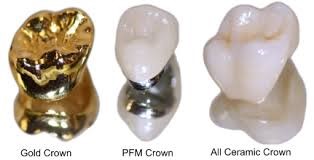
What is the procedure for getting a dental crown?
Then the tooth is reduced to make room for the crown, and an impression is made of the prepared tooth with a putty-like substance or a digital scanner.
The dentist will then determine the shade of the patient's teeth using a shade guide or take pictures of the teeth to help the lab technician make crowns that will match the rest of the patient's teeth.
A temporary crown is made from a resin or acrylic material using a moulding or stent of the original tooth. This temporary crown is cemented with temporary cement so that it can come off easily once the permanent crown is ready.
Usually a few weeks after a temporary crown, the patient returns for a second visit. During this visit, the tooth may or may not need to be numbed again and the temporary crown is removed. The permanent crown is placed on the tooth and inspected for acceptable fit, bite, and smooth margins. After any necessary adjustments have been performed, the crown is cemented with cement.
How long do dental crowns last?
Dental crowns should last on average from 10 to 20 years. Crowns are still subject to fracture and cavities, so it is important to take extra care in brushing and flossing around crowned teeth to prevent them from needing replacement too often. When all-ceramic crowns or veneers are present, it is often advisable to wear a mouth guard to protect the porcelain from fracturing and prolong the life of the crowns
Sydney Dental Care Glebe offers a wide range of cosmetic dentistry and orthodontic services for patients all over Sydney. We have many patients that come from Sydney CBD, Pyrmont, Barangaroo, Inner West, North Sydney and Eastern Suburbs because since 2004, we’ve been giving them an excellent, healthy and beautiful smile.
Enquire online about our same-day crown offer!
Or Call us now on Tel: 📞 (02) 9566 2030

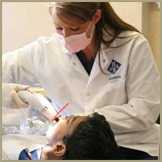
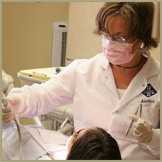
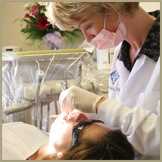
DENTAL CARE GLEBE SYDNEY DENTISTS - CONVINIENTLY LOCATED NEAR SYDNEY CBD, AT 239 GLEBE POINT ROAD, GLEBE NSW 2037
5 minutes’ walk from the Broadway shops, easy parking and close to bus and train
HOURS OF OPERATION ARE:
MONDAY to FRIDAY 8:00 AM – 5:00 PM
SATURDAY 8:00 AM – 12:00 PM
Tel: 📞 (02) 9566 2030

